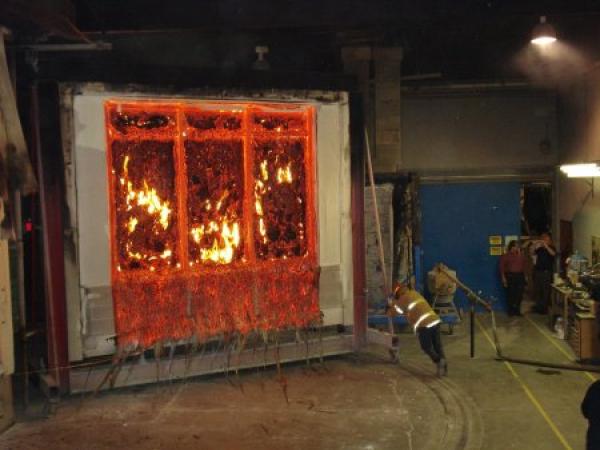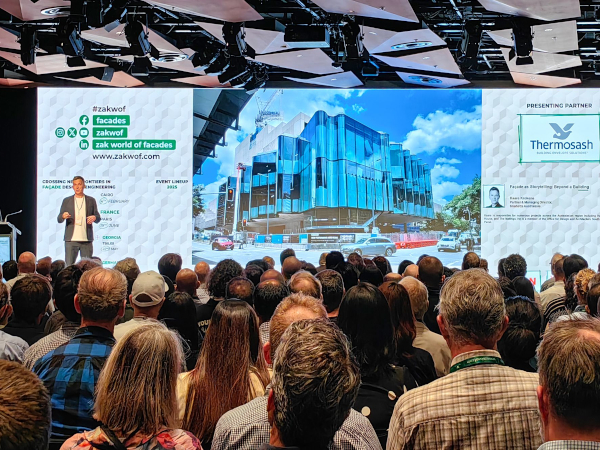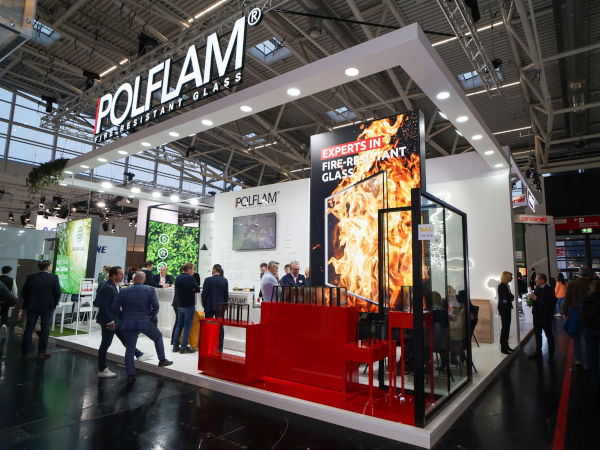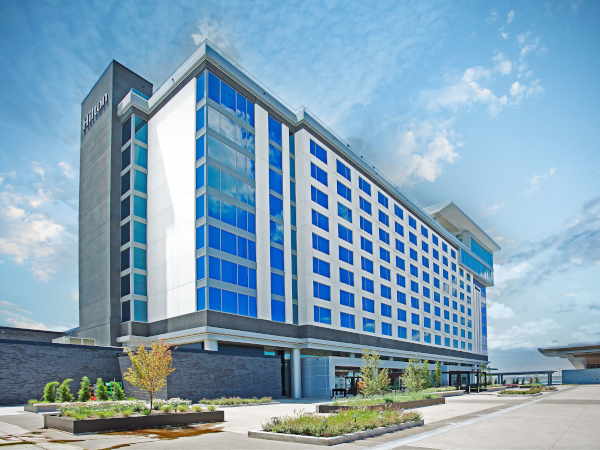
Date: 15 March 2016
It’s a safety campaign that you may be unaware of, although it highlights a very real problem.
Arson Awareness Week (21 – 27 March) is designed to focus minds on a crime that deserves much greater attention. Because, according to the Arson Prevention Forum, some 70,000 fires are set deliberately every year in the UK.
Nearly 50% of those fires are attended by the Fire Service, and the total cost of fire insurance claims stands at some £1b per year.
The Forum also points out that arson accounts for almost half of all fire and rescue call-outs, and that it can have the most appalling consequences. In 2014/15, 50 people died in fires that were started deliberately.
Arsonists tend to be young men – although they can be from any social background or age group, or either sex. The peak age for offending is between 14- and 16-years-old.
The reasons arsonists give for their behaviour is also diverse. Some fires are set as an insurance fraud. Other fires are started simply for the thrill, or for revenge. Some arsonists have mental health issues.
Most deliberate fires are started at night, although not always – particularly in commercial or industrial premises. In the latter, areas such as storerooms or warehouses provide both cover for the arsonist and, importantly, stored materials to fuel the blaze.
The Arson Prevention Forum has ten recommendations for preventing arson or its consequences, and advises everyone to be aware of the risks.
That starts with a sensible fire risk assessment, looking at every aspect of the business, not least how materials are stored to what fire precautions are in place.
The Forum makes the good point that many companies targeted by arson attack go out of business – so having a plan of action should be front of mind for every business owner.
But if a fire breaks out, it doesn’t immediately matter if it was started deliberately or not. The important thing is to get everybody in that building to safety. The fire risk assessment should, of course, have addressed each issue in the evacuation process.
For example, occupants in a building should generally be able to escape away from the fire. That means having escape routes protected by fire-resistant materials or self-closing fire doors. It also means recognising that fire travels upwards, so that stairways must also be protected.
It also means having exit doors that open outwards to make escape easier and, if there are large numbers of people, minimising the crush risk. (Exterior fire doors should also be checked to ensure that obstructions, such as bulk deliveries, aren’t cluttering them up).
Where possible, it means making escape routes as short as possible, with clear signage, and building in planned (and rehearsed) contingencies for evacuating the elderly or infirm. It also means planning for electricity failure and how to evacuate people in darkness.
At Wrightstyle, our business is about managing fire risk. Our systems stop fire, smoke and toxic gases from spreading for up to 120 minutes - minimising fire damage and allowing occupants to escape.
Our compatible systems, with the glass and steel framing systems tested together, are accredited to EU, US and Asia Pacific standards and our advice is to always specify the glass and steel as one unit.
In a real fire situation, the glass will only be as protective as its frame, and vice versa. Specify each component separately, and you run the risk of one failing – and therefore the whole fire protective barrier failing.
It’s not a subject that we like to think about, but it’s a surprisingly common crime that can, and does, devastate lives and livelihoods.
Arson Awareness Week is maybe something we should all think about, at all times of the year.
www.wrightstyle.co.uk
Ends
For further information: Jane Embury, Wrightstyle +44 (0) 1380 722 239 jane.embury@wrightstyle.co.uk
Media enquiries to: Charlie Laidlaw, David Gray PR Charlie.laidlaw@yahoo.co.uk +44 (0) 1620 844736 (m) +44 (0) 7890 396518
 600450
600450
















Add new comment